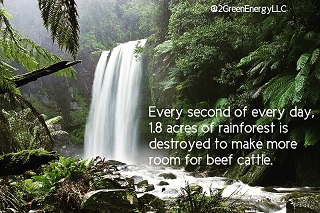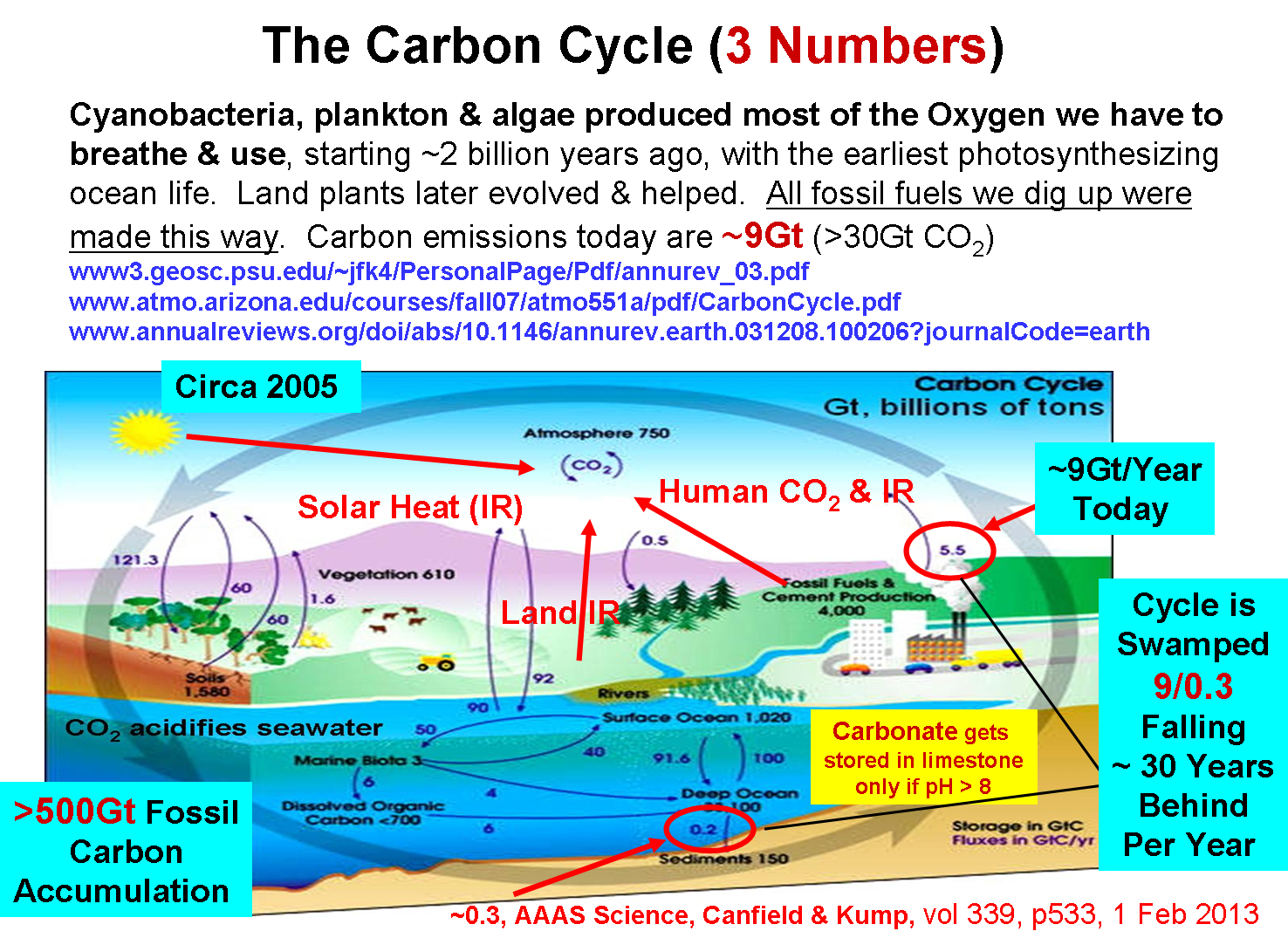Rain Forest Destruction

• Capping the rise in Earth’s temperature means doing one (or preferably both) of two things:
• Reducing the output of greenhouse gases from its main sources, i.e., the consumption of fossil fuels and red meat, and
Accelerating the rate at which our oceans absorb CO2 via carbonaceous sea creatures whose shells ultimately wind up on the ocean’s floor and are then subducted via the motion of tectonic plates into the Earth’s interior.
Here’s a wonderful diagram that illustrates all this.


Craig,
Your latest article is an excellent example of why ‘green’ advocates lack mainstream credibility.
Your headline :-
“The annihilation of the rain forests is a terrible thing”
Is a statement every sane sensible person responds to with interest and agreement. The reader say’s to himself absolutely, and awaits to see what new science or conservation action is making the news.
But then you wander off into an attack on red meat etc. Suddenly, the mainstream reader has the vague feeling of being used or tricked, sensing the article has just used the ploy of ‘Rain Forests’ to push another agenda.
The mainstream reader stops listening (reading).
That’s a problem, because without the emotive red meat distraction, the article is quite interesting on it’s own.
(The biggest threat to rain forests is clearing for bio-fuel as a result of the US mandate. Professor DeCicco states in the journal Climatic Change, “When it comes to the emissions that cause global warming, it turns out that biofuels are worse than gasoline.” ).
Sometimes, trying to justify one ideological agenda hidden inside another, limits the readership to true believers only. Preaching to the converted is ok, but counter-productive if it serves to alienate the mainstream.
The assertion that destroying rainforest is net zero for CO2 because of most of the CO2 from the forest eventually making it back to the atmosphere is also a dangerous misunderstanding.
Mature rainforest can hold up to around 300 tons of CO2 per hectare in timber, and up to 900 tons of CO2 per hectare in selected habitats where peat can be many meters deep.
True, this is the top end of the range, and such carbon is not “forever carbon” but it does represent a dynamic balance.
Lose the rainforest, and carbon held in vegetation drops dramatically, the peat dries out and is broken down by bacteria leading to substantial releases of CO2 and Methane – the balance between the two depending on conditions.
Destruction of primary rainforest is therefore a significant contributor to climate change.